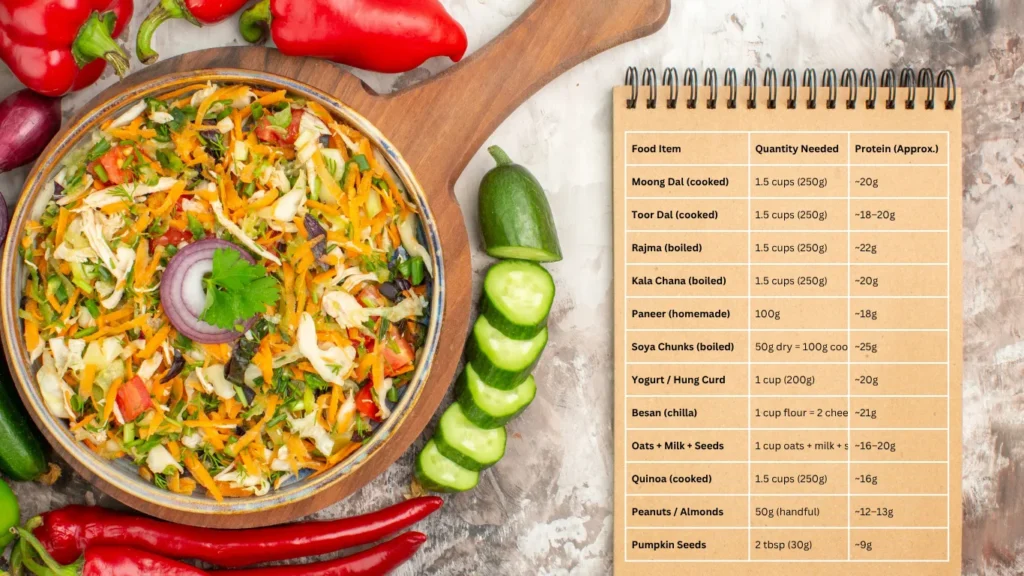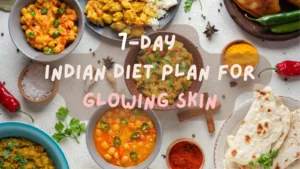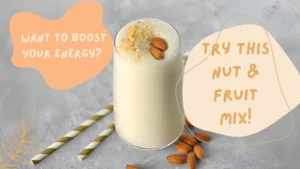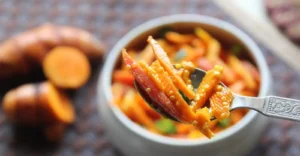"How Much Protein is in Indian Vegetarian Food? Complete Guide with Serving Sizes"
If you’re trying to eat more protein for fat loss, muscle building, or simply staying healthy — you’ve probably asked:
“How much moong dal or paneer should I eat to get enough protein?”
This blog gives you accurate serving sizes of Indian vegetarian foods that deliver 20–25 grams of protein, making it easy to plan your meals and hit your daily protein goal — all without eating meat or eggs!
🥗 Why Protein Matters
Protein is crucial for:
- Building and maintaining muscle 💪
- Supporting metabolism and fat loss 🔥
- Keeping skin, hair, and nails healthy ✨
- Reducing hunger and sugar cravings 🍫
The daily requirement depends on your activity level:
| Activity Level | Protein (grams/kg of body weight) |
|---|---|
| inactive | 0.8 g/kg |
| Moderately Active | 1.2–1.5 g/kg |
| Muscle Building / Fat Loss | 1.6–2.0 g/kg |
🧮 For a 60kg person aiming to lose fat or gain muscle:
You may need 100g–120g protein/day
✅ Top Indian Veg Protein Foods & How Much to Eat for 20–25g
| Food Item | Quantity Needed | Protein (Approx.) | Notes |
|---|---|---|---|
| Moong Dal (cooked) | 1.5 cups (about 250g) | ~20g | Easy to digest |
| Toor Dal (cooked) | 1.5 cups (250g) | ~18–20g | Add ghee for fat balance |
| Rajma (boiled) | 1.5 cups (250g) | ~22g | Add with brown rice |
| Kala Chana (boiled) | 1.5 cups (250g) | ~20g | Great as chaat |
| Paneer (homemade) | 100g (half cup) | ~18g | Add to salad or sabzi |
| Soya Chunks (boiled) | 50g dry = ~100g cooked | ~25g | Super dense protein |
| Greek Yogurt / Hung Curd | 1 cup (200g) | ~20g | Go unsweetened |
| Besan (chilla batter) | 1 cup (100g flour) | ~21g | Add veggies |
| Oats + Milk + Seeds | 1 cup oats + 1 cup milk | ~16–20g total | Add nuts/seeds for extra |
| Quinoa (cooked) | 1.5 cups (250g) | ~16g | Gluten-free & light |
| Peanuts / Almonds | 50g (handful) | ~12–13g | Ideal for snack |
| Pumpkin Seeds | 2 tbsp (30g) | ~9g | Use in smoothies or salads |
🧠 Tip for Readers:
✅ Protein Math Made Easy:
- 1 cup cooked dal = ~12–15g protein
- 100g paneer = ~18g protein
- 50g soya chunks = ~25g protein
- 1 scoop whey = ~24g protein
🔢 How to Calculate Your Protein Intake
To keep it simple:
| Food | Protein (Approx.) |
|---|---|
| 1 cup cooked dal | 14–15g |
| 100g paneer | 18g |
| 1 scoop plant/whey protein | 20–25g |
| 1 cup Greek yogurt | 20g |
| 50g soya chunks (dry) | 25g |
✅ Tip: Combine multiple sources across meals to reach your daily goal.
🍽️ Example: 100g Protein Indian Vegetarian Meal Plan
| Meal Idea | Protein Boost |
|---|---|
| Moong dal chilla + mint chutney | Moong dal + besan |
| Paneer bhurji + roti | Paneer + whole wheat |
| Soya pulao with veggies | Soya chunks + rice |
| Greek yogurt bowl with fruits & seeds | Yogurt + almonds + seeds |
| Besan cheela with curd | Chickpea flour + protein-rich curd |
| Peanut butter + whole wheat toast | Nuts + complex carbs |
🎯 Total Protein: ~100–110g
🧠 Frequently Asked Questions (FAQ)
❓ 1. Is it possible to get enough protein without eggs or meat?
Yes, absolutely. With proper planning using dals, paneer, curd, soya, and seeds — even Indian vegetarians can reach 100g protein/day.
❓ 2. Do I need protein powder to reach 100g?
Not always. If your food choices are balanced, you can reach 80–100g with natural foods. But a scoop of plant-based or whey protein can make it easier, especially for busy people.
❓ 3. What happens if I eat too much protein?
Protein is generally safe unless you have kidney disease. The real risk lies in excess processed foods, lack of fiber, or imbalanced meals. Stay hydrated and eat whole foods.










